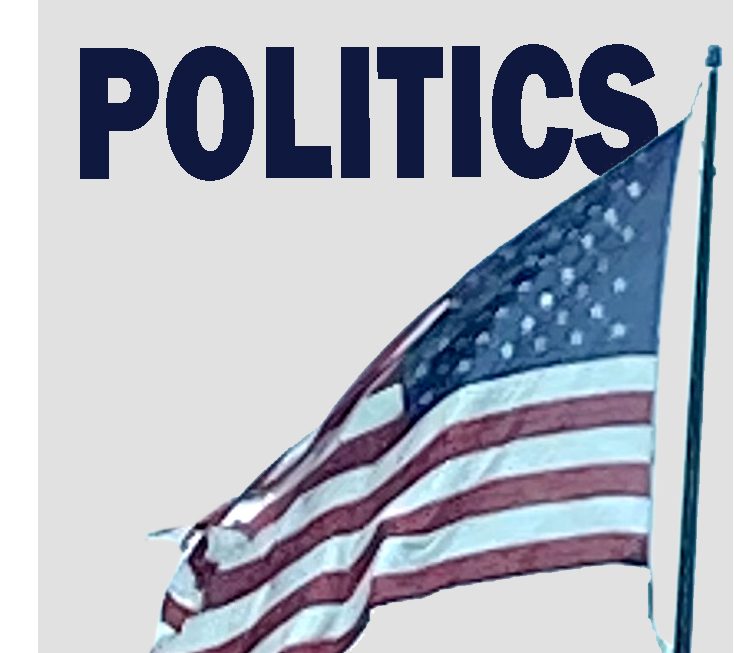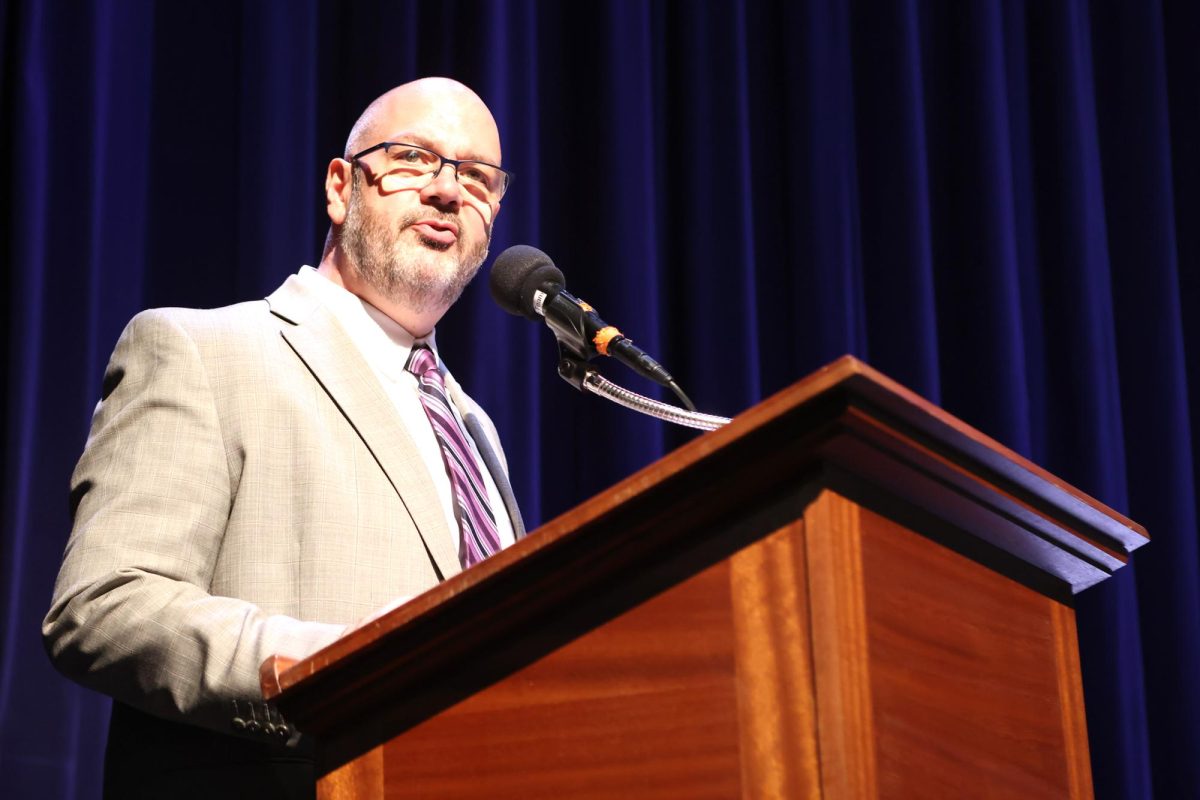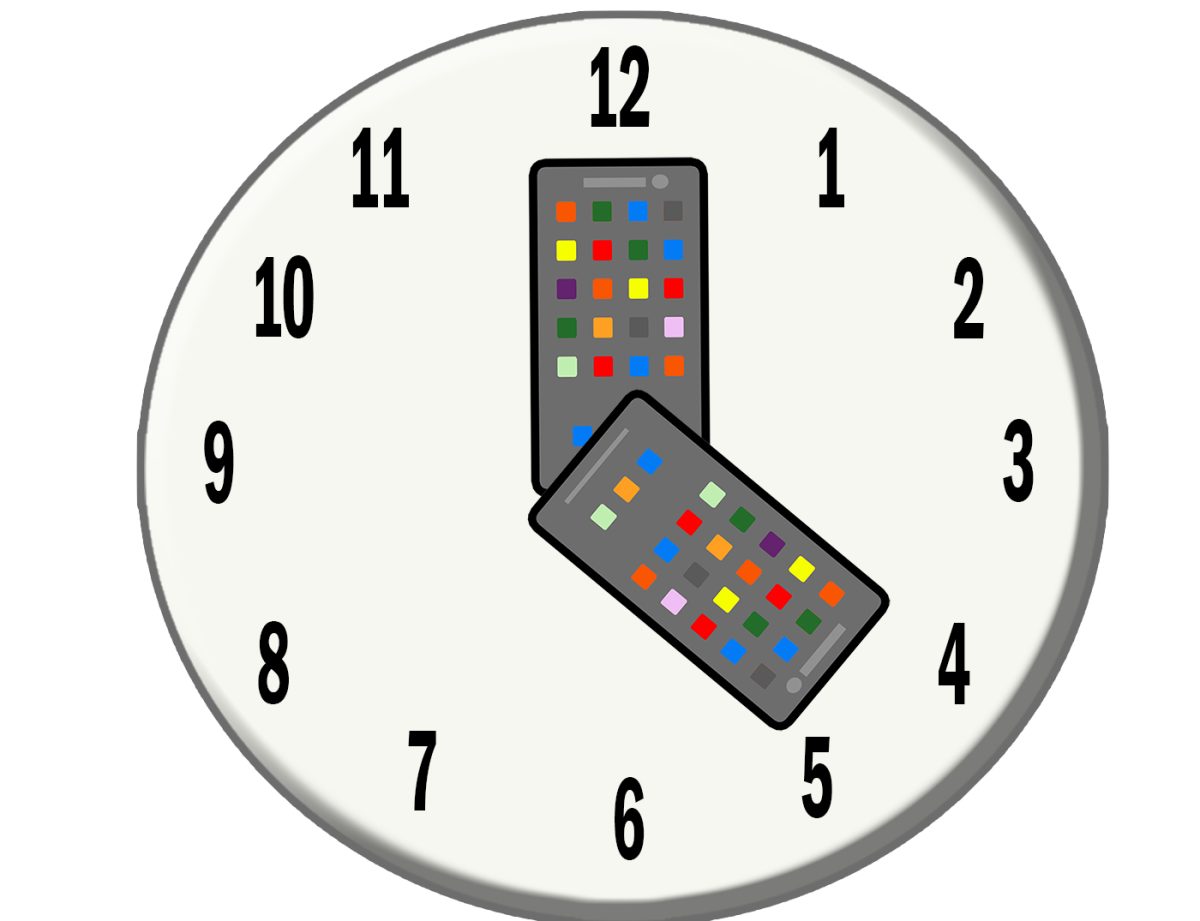Three years after Congress formally allocated funding for revisions to the Free Application for Federal Student Aid (FAFSA), the new form was released the final day of 2023 on the evening of December 31.
While the long waiting period featured multiple delays, officials expect the system to increase efficiency in the long-run. According to the Department of Education, the new FAFSA is simpler: there are fewer questions for applicants to complete than in the past, and the system’s formula was reworked to broaden financial assistance eligibility for lower- and middle-class families.
But so far, those goals haven’t been entirely realized. Although the government’s primary goal was to simplify and streamline the financial aid application process, the rollout frustrated many current high school seniors and their families, who now face delays in receiving financial aid packages from colleges.
When the FAFSA was released on New Year’s Eve, it was done via “soft launch,” as the form was only open for brief periods of time before closing again. The Department of Education cited the need for this to ensure the application system did not crash amid overwhelming online traffic. Critics, however, argue that there was insufficient communication from FAFSA administrators in clarifying that many would experience immediate difficulties in accessing the form.
Among problems faced were forms open for only brief periods of time and families unable to fix mistakes they put in the system. Meanwhile, those who were able to access FAFSA found that the designated customer support line was unhelpful and were left on hold for lengthy periods.
Despite the rocky start, matters have largely stabilized since, and applications have begun to pour in.
“Over 1 million students and families and counting have successfully filled out the ‘Better FAFSA,’ which is now available 24 hours a day, seven days a week,” said Miguel Cardona, the U.S. Secretary of Education, in an official statement.
But hurdles remain. The next step — which has yet to occur — is the transfer of FAFSA information to colleges and universities who will use the information to form financial aid packages for accepted students, a critical factor for students choosing where to attend.
Tarneet Singh, a Spring-Ford senior, was admitted to Cornell University Nolan School of Hotel Administration in December via the binding Early Decision admissions program. For more than a month, Singh knew that he would be attending Cornell next year — but an official price tag still eludes him in light of FAFSA delays.
“I still haven’t gotten an official number,” he says. “But I did know this was coming, so it was basically part of the ED agreement this year.”
Other students, meanwhile, still do not know where they’re headed next fall.
Ultimately, while the long-term effects of the new FAFSA remain to be seen, an already uncertain college admissions process has been made even more so.










